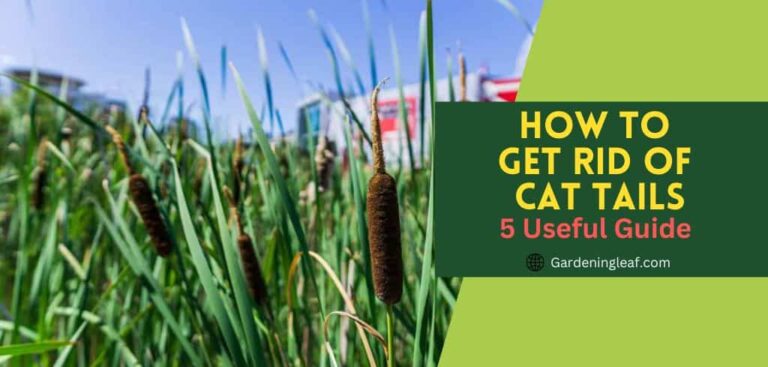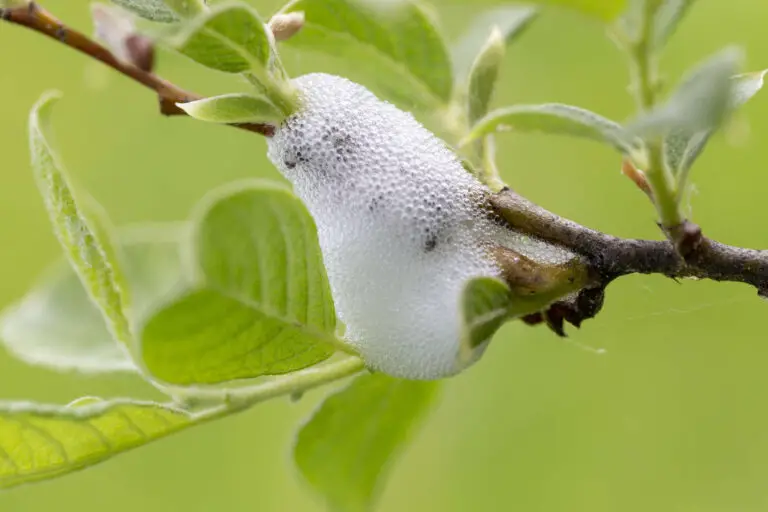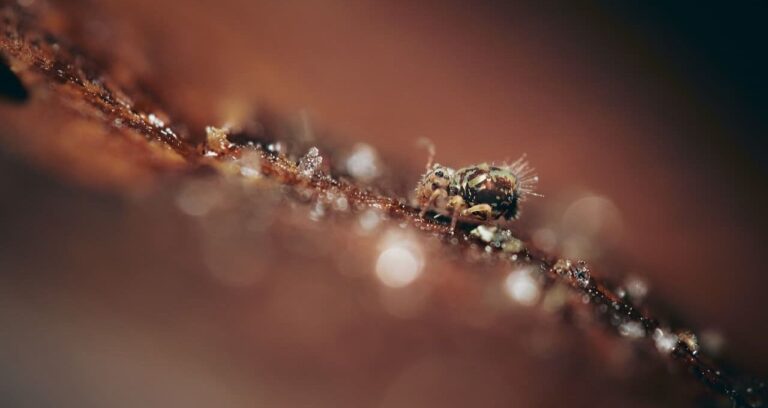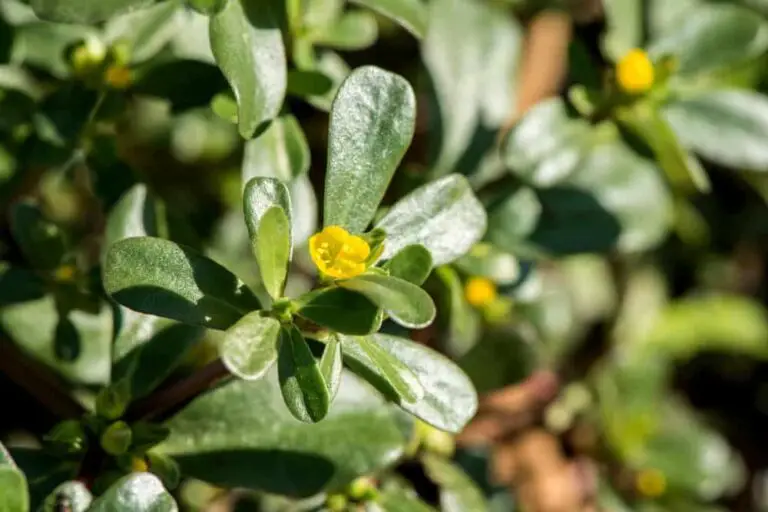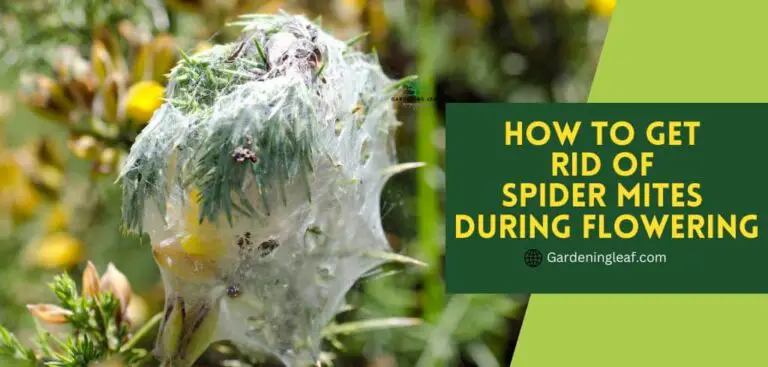How Do You Get Rid of Tomato Hornworms? Our Expert Tips
Tomato hornworms can be a nightmare for any gardener. These pesky green caterpillars also known as worms. It can strip your tomato plants of their leaves and fruit. But don’t worry, we’ve got you covered! This blog post will discuss how do you get rid of tomato hornworms. From identifying them to preventing future infestations. We’ll cover the life cycle of these pests, the damage they can cause to your garden, and natural and chemical methods to get rid of them.
Identifying Tomato Hornworms
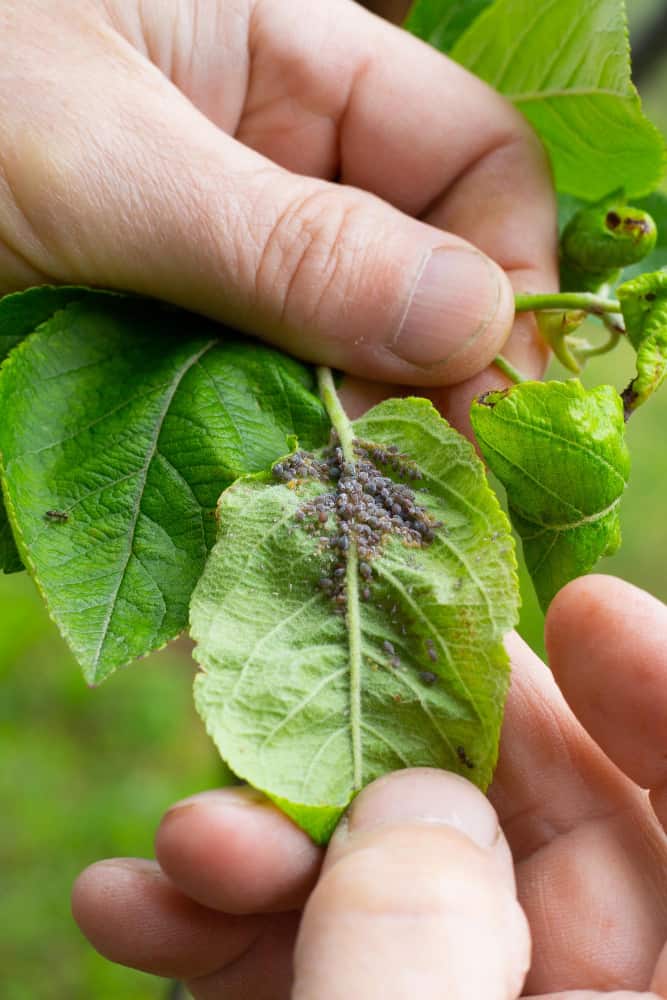
Large, green caterpillars are seen on tomato plants and are often identified as tomato hornworms. These caterpillars have diagonal white stripes and a black horn at the rear, leaving behind black droppings.
A simple visual inspection of the foliage of tomato plants can reveal their presence due to their large size. It reaches up to 4 inches in length.
Characteristics of Tomato Hornworms
Belonging to the sphinx moth family. They are known for their voracious appetite, capable of decimating a tomato plant. These caterpillars feed on nightshade plants such as tomatoes, eggplants, and peppers.
Their green color acts as camouflage. It is so difficult to spot, so it’s infested a small garden if left unchecked.
The tomato hornworm is common in North America and Australia. Its horn is red, while the tobacco hornworm’s horn is black.
Understanding the Life Cycle of Tomato Hornworms
During their life cycle, tomato hornworms go through four steps. The first stage is the egg stage. Once they hatch, these yard pests eat everything they see as larvae, damaging plants like tomato leaves and the nightshade family. After the juvenile stage, they change into the pupae stage, where they metamorphose. When they come out as adults, they are sphinx moths looking for mates to start the cycle all over again.
The Egg Stage
Adult sphinx moths lay round, green eggs on the leaves of host plants. This is the first step in their life cycle. These eggs take 5-10 days to hatch, giving way to the destructive larvae.
The eggs are usually found on the underside of leaves. They guard the larvae as they hatch and start the damage that the second generation of tomato hornworms does. The hornworm will spend the next four weeks growing until it is full size. Then it will go into the ground to pupate and emerge as a new moth.
The Larval Stage
During the larval stage, tomato hornworms feed on the foliage of host plants. Rapidly growing in size. They consume leaves, stems, and even green fruit, causing extensive damage to a tomato patch. Their green coloration provides camouflage, making them difficult to spot among foliage.
Identifying and addressing infestations during this stage is crucial which is the easiest way to prevent widespread damage to plants. Gardeners can use natural methods like handpicking or introducing beneficial insects. To control the population of these garden pests.
The Pupae Stage
Once tomato hornworms complete the larval stage. They undergo metamorphosis and enter the pupae stage by burrowing into the soil. During this stage, they develop into adult sphinx moths. Understanding the pupae stage is crucial for controlling the population of tomato hornworms. Effective pest management strategies must consider this critical period to prevent future infestations.
The Adult Hornworm Stage
Adult tomato hornworms release nocturnal sphinx moths that seek nectar from blossoming plants. These moths play a crucial role in pollination. It helps the ecosystem by facilitating the reproduction of various plant species. Controlling Its populations and sustaining the garden ecology. It requires understanding adult sphinx moth behavior.
The Damage Caused by Tomato Hornworms
Tomato hornworms defoliate tomato plants by eating leaves, stems, and green fruit. Heavy infestations can reduce vegetable garden yields, so they must be addressed immediately. Early damage identification requires identifying bitten leaves and missing foliage. When dealing with tomato hornworms, respond to cut crop damage.
Identifying Signs of Damage in Your Garden
Signs of damage in your garden caused by tomato hornworms can be quite evident. Look for chewed leaves and stems on your tomato plants. The foliage may appear ragged, with noticeable sections of leaves missing.
Check for green caterpillars and their black droppings on the affected plants. Inspecting your tomato plants for signs of infestation, especially during late spring and summer, is essential.
The Impact on Your Tomato Plants
With their voracious appetite, Tomato hornworms can strip tomato plants of their leaves. And reduce fruit production. Their fast eating of leaves can hurt the plants’ health and cause them to grow slowly, lowering food yield.
Additionally, the droppings left behind by these garden pests can contaminate the soil, disrupting the ecosystem. Their presence not only causes stress and damage to the tomato plants. but also impacts their health and productivity
How Do You Get Rid Of Tomato Hornworms – Natural Methods
Gardeners often find tomato hornworms bothersome. However, many natural methods are available to eliminate them. Below are a few techniques you can experiment with:
Hand Picking: An Effective Strategy
Picking tomato hornworms, larvae, or pupae off by hand is an eco-friendly way to get rid of them. Regular inspection of tomato plants. It helps early detection and efficient removal of these garden pests.
Picking them off by hand and dropping them into a bucket of soapy water. It stops them from doing more damage. At the same time, they eat and get rid of pests without using chemical pesticides. To keep tomato hornworms from returning to the yard, they must be thrown away after being picked by hand.
Beneficial Insects and Natural Predators
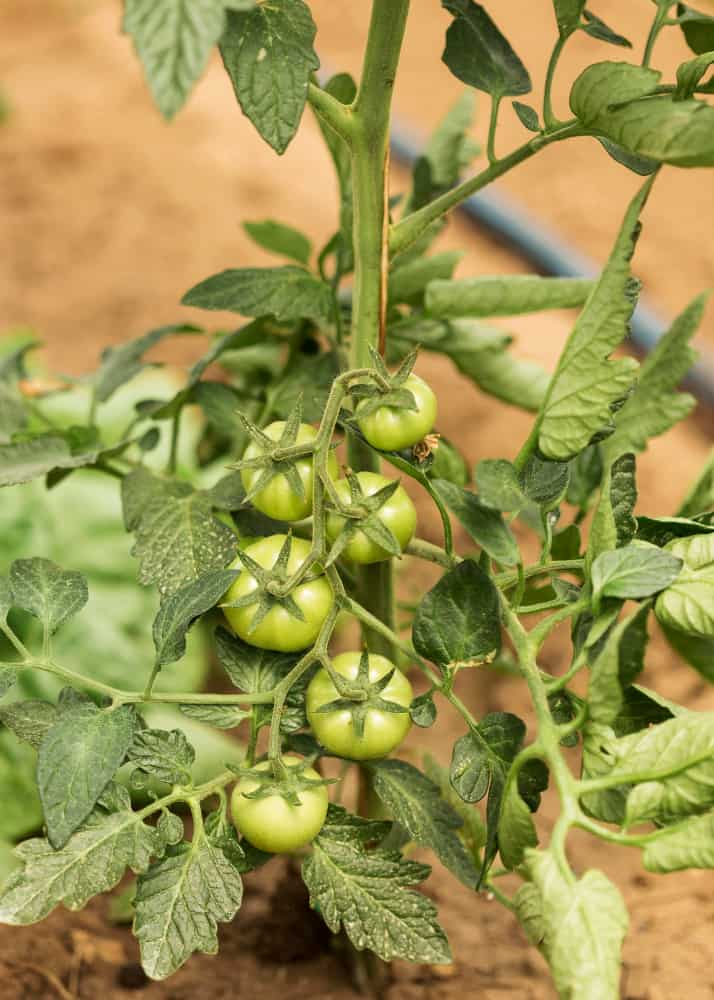
Nature’s pest control involves attracting beneficial insects like lacewings and ladybugs. It also creates a balanced garden ecosystem. Predatory insects such as parasitic wasps can help maintain this balance. and reduce the need for chemical intervention.
Beneficial insects like green lacewings feed on tomato hornworms, aiding in natural pest control. By encouraging these natural predators. Gardeners can reduce the use of insecticides and promote sustainable pest management. Attracting these insects contributes to a healthy garden environment and supports the garden’s well-being.
Crop Rotation: A Simple Prevention Method
Using a crop rotation to stop tomato hornworms from reproducing. It helps lower their population. By moving tomato plants to new spots every season. You can stop infestations from happening repeatedly. This stops pests and diseases from building up in certain areas.
By planting crops from different families around tomato plants. You keep tomato hornworms from establishing colonies, which lowers the chance of more infestations. Crop rotation is important to long-term pest control, making the garden environment healthier.
Row covers:
A simple yet effective method to prevent tomato hornworm infestations is using row covers. These covers create a physical barrier between the pests and your plants, preventing them from landing on or feeding your tomatoes. By covering your tomato plants with row covers. It reduces the risk of hornworm infestations without chemical insecticides.
Row covers are lightweight fabric or mesh that allows sunlight, air, and water to pass through while keeping pests out. They can be placed over your tomato plants and secured with stakes or weights to keep them in place.
Diatomaceous earth:
Another natural method to combat tomato hornworms is the use of diatomaceous earth. This powdery substance is derived from fossilized aquatic organisms called diatoms and works by dehydrating and killing the pests. Sprinkle a thin layer of diatomaceous earth around your tomato plants. Focus on the lower leaves and stems, where the hornworms are most likely to feed. Be sure to reapply after rain or if it gets washed away.
Bacillus thuringiensis:
Bacillus thuringiensis, or Bt, is a bacterium used in organic gardening to control tomato hornworm infestations. It produces a protein that is toxic to certain pests, including hornworms. Mix Bt with water according to the package instructions and spray it onto your tomato plants. Be sure to coat all plant surfaces, especially the leaves where the hornworms are likely to feed. Bt is safe for humans and beneficial insects, making it an environmentally friendly option for pest control.
Companion planting:
Companion planting is another effective method to deter tomato hornworms from infesting your tomato plants. You can create a natural barrier that repels these pests by planting certain herbs and flowers near your tomatoes.
You can deter tomato hornworms by incorporating herbs like basil, mint, and borage as companion plants near your tomato plants. Not only do these herbs add fragrance and flavor to your garden, but they also repel tomato hornworms with their strong scents. Plant them near your tomatoes; their odors will help keep the pests at bay.
Cayenne pepper:
If you’re looking for a natural and spicy solution to get rid of tomato hornworms, cayenne pepper might do the trick. Sprinkle a generous amount of cayenne pepper around your tomato plants, focusing on the leaves and stems where the pests like to feed. The strong smell and taste of the pepper will deter the hornworms from munching on your precious tomatoes. Just be careful not to get it in your eyes or nose while applying it, as it can be quite irritating.
Preventing Future Infestations of Tomato Hornworms

To prevent future infestations of tomato hornworms, there are several steps you can take. First, practice crop rotation by moving your tomato plants to a different garden area each year. This helps disrupt the life cycle of the hornworms and reduces their numbers.
Additionally, regularly inspect your tomato plants for signs of hornworm eggs or larvae. These pests blend in well with the foliage, so be sure to carefully look for any small white or green eggs on the undersides of leaves. If you spot any, remove them by hand and dispose of them properly.
Another preventive measure is to attract beneficial insects that prey on tomato hornworms. Ladybugs, lacewings, and parasitic wasps are natural predators of these pests and can help keep their populations in check. Planting flowers like marigolds and dill near your tomatoes can attract these insects.
Furthermore, maintaining good garden hygiene is crucial in preventing tomato hornworm infestations. Remove any fallen leaves or debris from the garden area, as they provide hiding places for the pests. Regularly prune your tomato plants to improve airflow and sunlight penetration, creating an environment less favorable for hornworms.
How can you prevent tomato hornworms from returning after getting rid of them?
You can take a few preventive measures to prevent tomato hornworms from returning after getting rid of them. Inspect your tomato plants for signs of hornworms or eggs, practice crop rotation, use natural predators like ladybugs or parasitic wasps, and apply organic insecticides as a last resort.
Conclusion
Removing tomato hornworms requires a combination of preventive measures and diligent monitoring. You can effectively manage and prevent future infestations by practicing crop rotation, inspecting your plants regularly for eggs and larvae, attracting beneficial insects, maintaining good garden hygiene, and using organic insecticides as a last resort. With these strategies in place, you can enjoy healthy tomato plants free from the destructive presence of hornworms.
Hopefully, we will guide you on “how do you get rid of tomato hornworms.” it is helpful and informative. If you have any queries, please let us know.
Source:- https://extension.umn.edu/yard-and-garden-insects/tomato-hornworms

